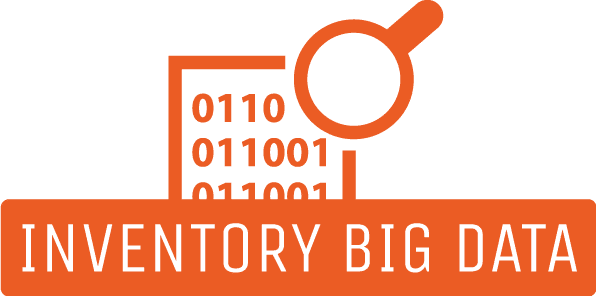Supply Chain Glossary – R Letter
Description
- Risk Management: Risk management involves identifying, assessing, and mitigating potential risks that could impact operations or supply chains.
- Reorder Point (ROP): ROP is the inventory level at which a new order should be placed to replenish stock before it runs out.
- Root Cause Analysis (RCA): RCA investigates the underlying causes of problems or defects to prevent their recurrence.
- Resource Allocation: Resource allocation allocates personnel, equipment, and funds to projects and tasks based on priority.
- Reverse Logistics: Reverse logistics manages the return, recycling, or disposal of products and materials after they’ve been used or returned.
- Raw Material Inventory: Raw material inventory consists of materials used in manufacturing before they undergo production processes.
- Robotic Process Automation (RPA): RPA uses software robots to automate repetitive tasks, reducing manual effort and errors.
- Replenishment Lead Time: Replenishment lead time is the time it takes to receive ordered goods from a supplier.
- Radio-Frequency Identification (RFID): RFID uses wireless technology to track and manage inventory and assets.
- Resource Management: Resource management optimizes the allocation and utilization of people, materials, and equipment.
- Regression Analysis: Regression analysis assesses the relationship between variables to make predictions and decisions.
- Resource Planning: Resource planning coordinates the allocation of resources to meet production and project requirements.
- Receiving Dock: A receiving dock is an area in a facility where goods are received and inspected before storage.
- Risk Assessment: Risk assessment evaluates potential threats and vulnerabilities to business operations and supply chains.
- Rate of Return (RoR): RoR measures the profitability of investments or projects based on the percentage return.
- Reconfigurable Manufacturing System (RMS): RMS allows production equipment and processes to be easily adapted to changing needs.
- Routing Optimization: Routing optimization finds the most efficient paths and sequences for product delivery or production processes.
- Remote Monitoring: Remote monitoring uses sensors and technology to observe and control equipment and processes from a distance.
- Resource Constraints: Resource constraints occur when there are limitations in available resources to meet demand.
- Regulatory Compliance: Regulatory compliance ensures that operations and products adhere to legal and industry regulations.
- Return on Assets (ROA): ROA calculates a company’s efficiency in using its assets to generate profit.
- Resource Utilization: Resource utilization measures how efficiently resources are employed in production or projects.
- Recycling Program: A recycling program promotes the collection and recycling of materials to reduce waste and environmental impact.
- Quality and Reliability Engineering (QRE): QRE focuses on improving product quality and reliability through engineering practices.
- Resource Allocation Model: A resource allocation model guides the allocation of resources based on predefined criteria and priorities.
- Routing Algorithm: A routing algorithm determines the optimal path or route for products through the supply chain.
- Real-Time Inventory Tracking: Real-time inventory tracking continuously updates inventory data, providing accurate stock levels.
- Risk Mitigation: Risk mitigation strategies aim to reduce or eliminate potential risks in operations and supply chains.
- Raw Material Sourcing: Raw material sourcing identifies and selects suppliers for obtaining required materials.
- Resource Optimization Software: Resource optimization software helps companies allocate and manage resources effectively.
Additional information
| Publication | |
|---|---|
| Department | Supply Chain |







